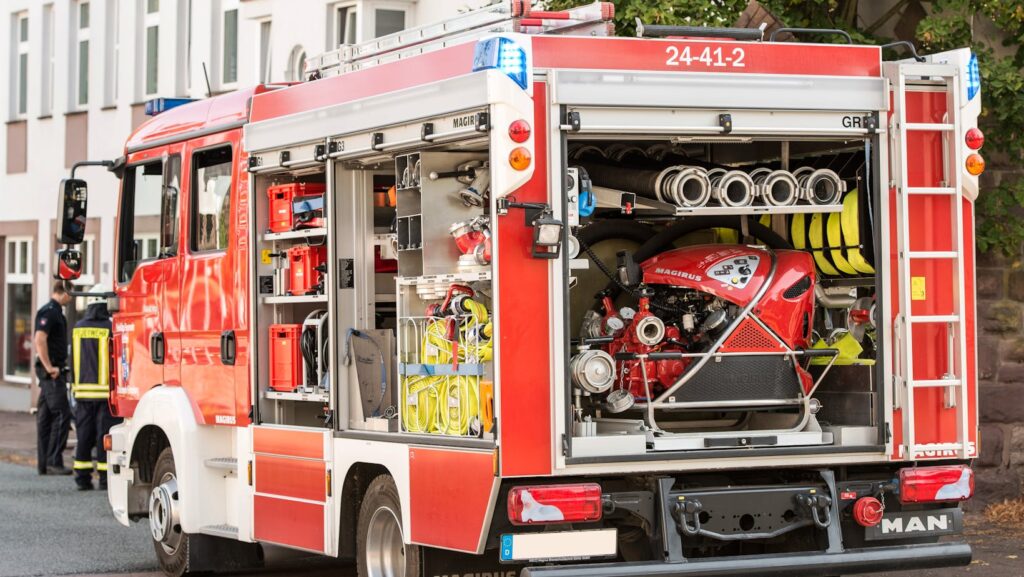In the face of disaster, preparedness isn’t just crucial – it’s a lifeline. This article delves into the essentials of a disaster readiness kit, a must-have for every household. From natural calamities to unforeseen emergencies, it’s the first line of defense that could make the difference between chaos and survival.
Disaster Readiness Kit

In the realm of not just possibility but probability, lies the occurrence of a disaster. A disaster readiness kit stands as an imperative survival tool, bridging the tipping point between chaos and order.
Fiction transforms into reality when earthquakes shake stability, floods submerge tranquility, and fires consume peace. One’s need for a disaster readiness kit escalates from a simple cautionary measure to an indispensable safety requirement in these unpredictable circumstances. Safety, it’s been long established, isn’t overreaching; it’s urgent. A well-equipped disaster readiness kit, negates the implications of calamities, lending strength and hope amidst uncertainty.
Essentials for Your Disaster Readiness Kit
Adequate hydration and nutrition stand crucial during a disaster. For these reasons, include a three-day supply of water and non-perishable food items. That’s one gallon of water per person, per day, as reported by the Federal Emergency Management Agency (FEMA). Moreover, stored food shouldn’t require refrigeration or cooking—think along the lines of dry cereal, canned fruits and vegetables, peanut butter, and crackers.

Medical emergencies don’t halt when disasters strike. As a counteractive measure, a well-stocked first-aid kit becomes paramount. Ensure it contains adhesive bandages, tweezers, sterile gloves, and over-the-counter pain relievers. Furthermore, a 7-day supply of essential medication, especially for those with chronic conditions, can literally be a lifesaver.
In the midst of tumult, crucial personal information should remain within arm’s reach. Therefore, keep photocopies of important documents, such as identification cards and insurance policies, inside a waterproof pouch in your kit. Additionally, electronics like flashlights and battery-powered or hand-crank radios are indispensable. They ensure connection with the outside world, especially when power is disrupted. Remember, include extra batteries for their continued operation.
Maintaining Your Disaster Readiness Kit
A disaster readiness kit, while vital in emergencies, demands regular maintenance to remain operational. The following contents under the subheadings provide valuable advice on the upkeep of this necessary package.
Storage Tips

Storing your disaster readiness kit correctly plays a significant role in ensuring its utility in emergencies. The ideal location is cool, dry, and easily accessible in the event of a disaster. When placing items into your kit, use airtight plastic bags to prevent water damage and increase durability. For instance, items like matches, medication, and dry food can benefit from this added layer of protection. Incorporating these practices enhances the longevity and effectiveness of your disaster readiness kit.
Regular Review and Update
Irregularity turns the well-outfitted readiness kit into an ineffective tool. Every six months, it’s essential to review and update your kit as required. The review process incorporates multiple key elements, such as:
- Checking expiry dates and replacing expired food and medical items like canned goods or prescription medications.
- Testing equipment, such as flashlights and radios, to ensure they work adequately.
- Reaffirming that important documents stored in the kit remains up-to-date.
Thus, in maintaining their disaster readiness kits, households ensure both immediate safety and long-term preparedness. Through diligent storage and regular updates of the kit, individuals continue to fortify themselves against life’s unforeseen emergencies.
Lifeline of Preparedness
It’s clear that having a disaster readiness kit isn’t just a good idea—it’s a necessity. When the unexpected occurs, being prepared can make all the difference. A well-stocked kit, complete with water, food, first-aid supplies, and essential tools, provides a lifeline during emergencies. But it’s not enough to simply pack a kit and forget about it. Regular maintenance, including checking expiry dates, testing equipment, and updating documents, ensures that your kit stays current and ready for action. In the end, it’s about more than just survival—it’s about peace of mind. So, let’s keep our kits in check, because when disaster strikes, it’s the readiness that counts.

